The Role of Ethos, Pathos, and Logos in Persuasive Business Strategies
VerifiedAdded on 2021/05/31
|6
|1385
|59
Report
AI Summary
This report delves into the concepts of Ethos, Pathos, and Logos, the three key persuasive appeals identified by Aristotle, and their application in modern business communication. It defines each term, explaining how Ethos establishes credibility, Pathos evokes emotional responses, and Logos utilizes logic and reasoning. The report provides practical examples of how these appeals are used in marketing, such as building brand trust through expert endorsements (Ethos), using patriotic imagery to connect with customers (Pathos), and presenting statistical data to support product claims (Logos). It further explores the role of these appeals in online activities, emphasizing the importance of credibility and emotional connection in building trust with potential customers. The report also discusses how businesses can leverage Ethos, Pathos, and Logos to develop effective marketing strategies, considering the importance of logic, emotional impact, and credibility in advertising and communication to achieve online business success. The references include several academic sources which support the claims made in the report.
1 out of 6
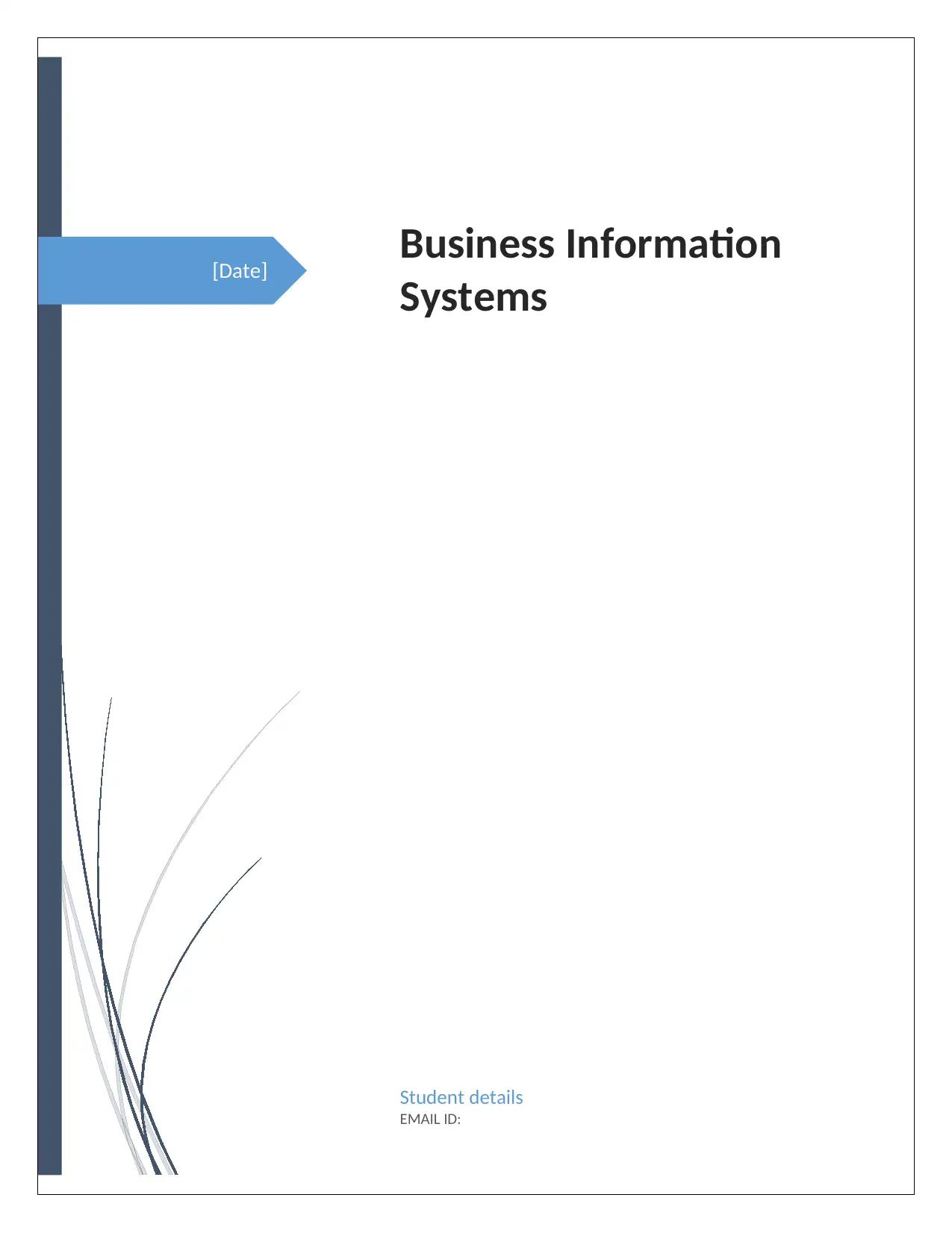
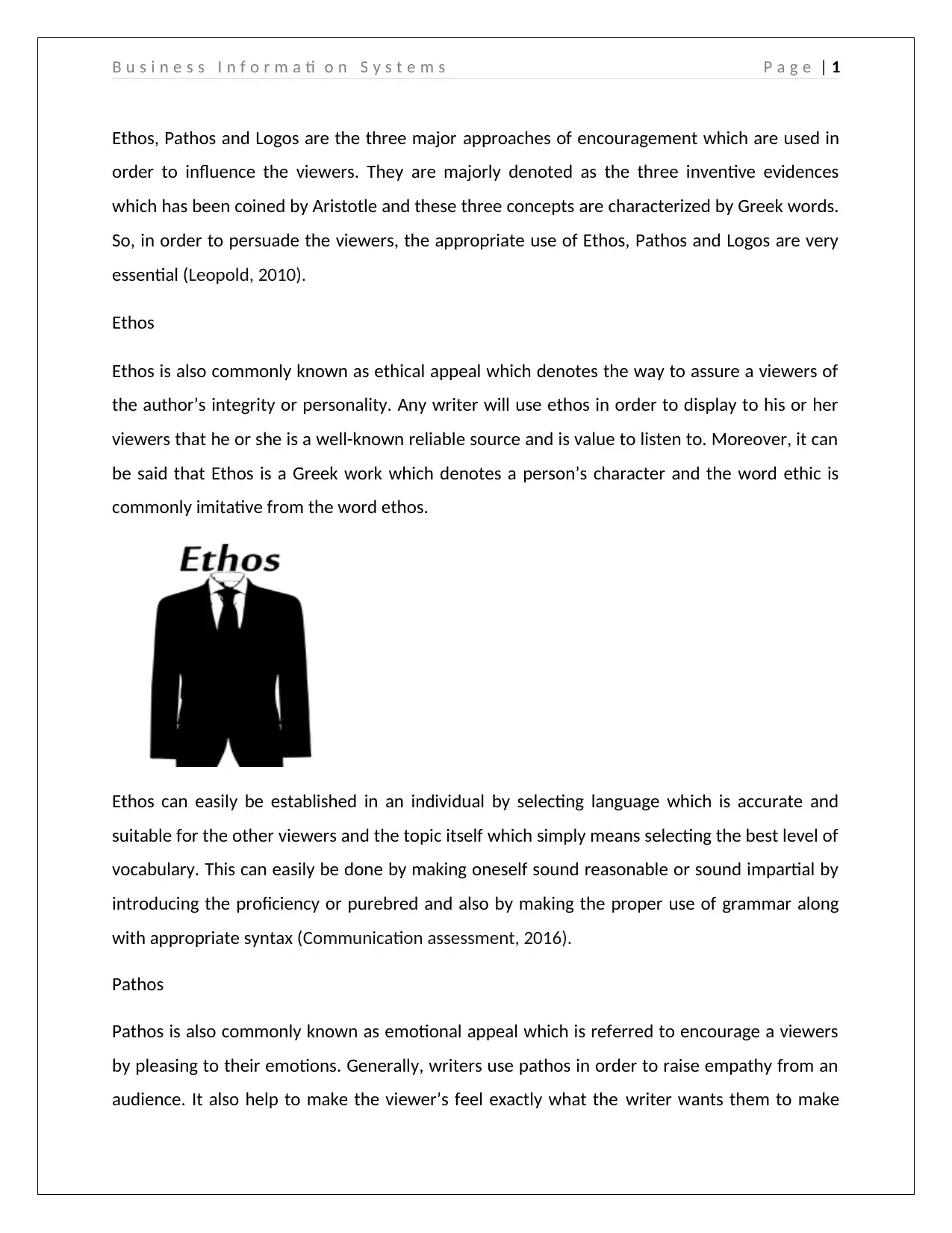
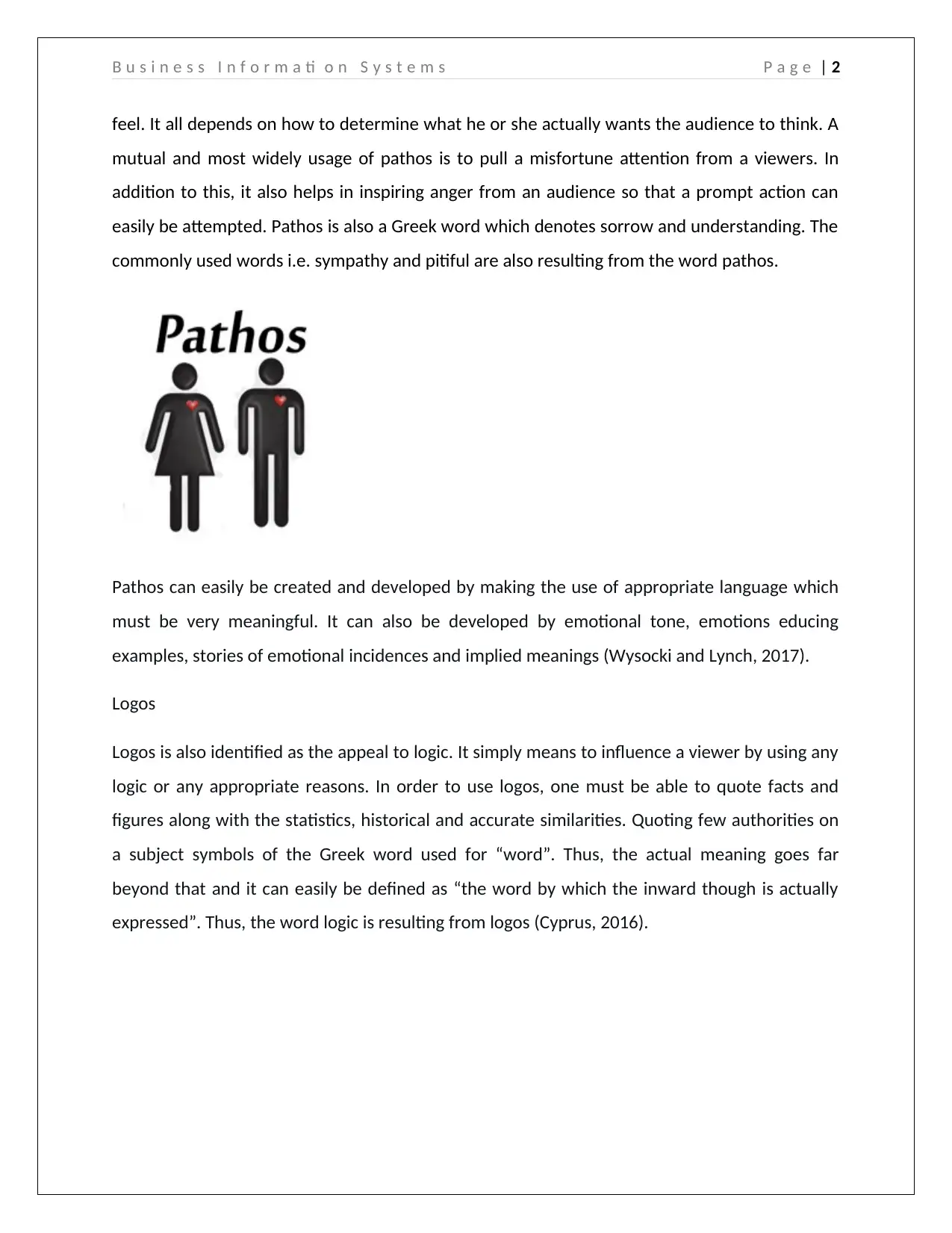
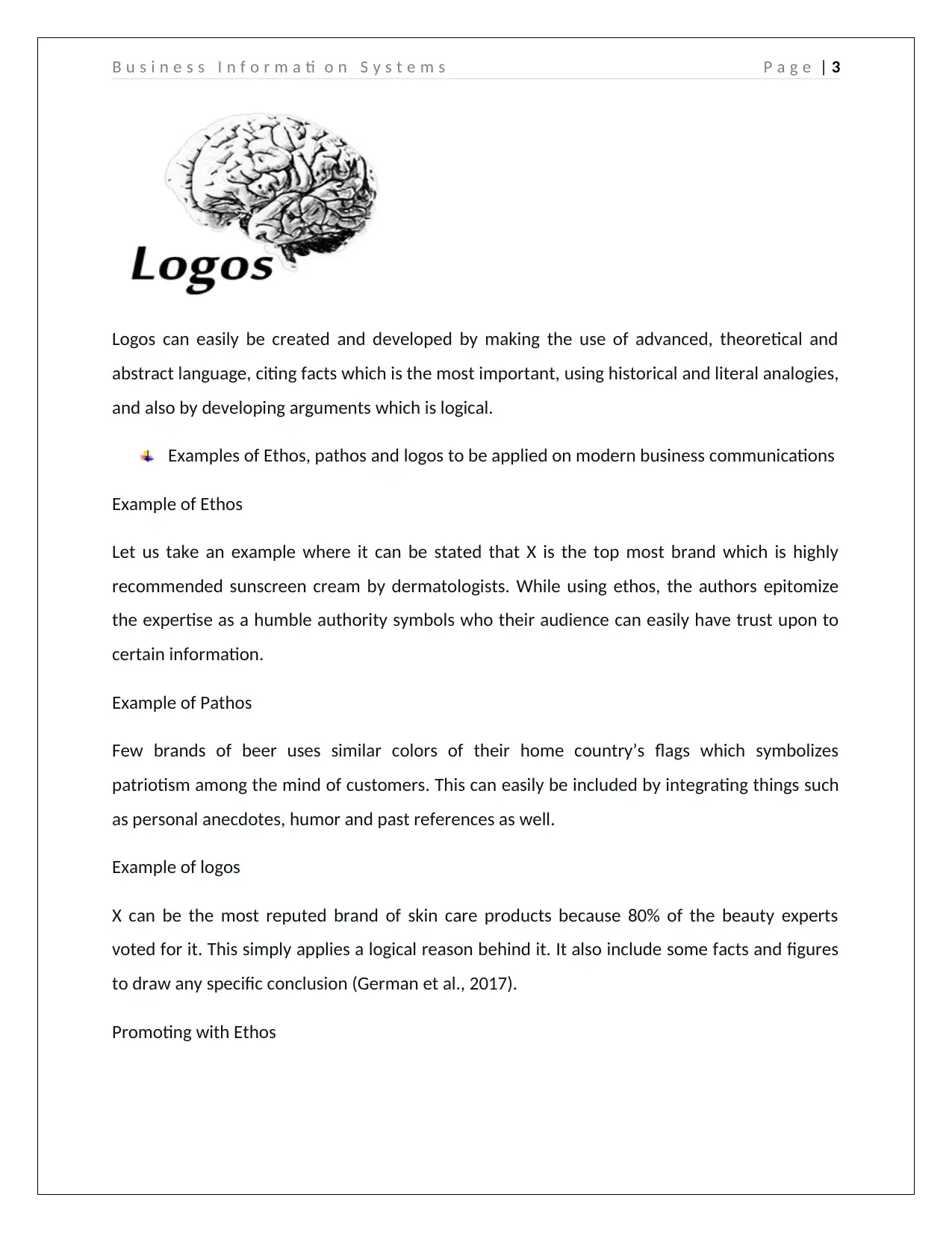
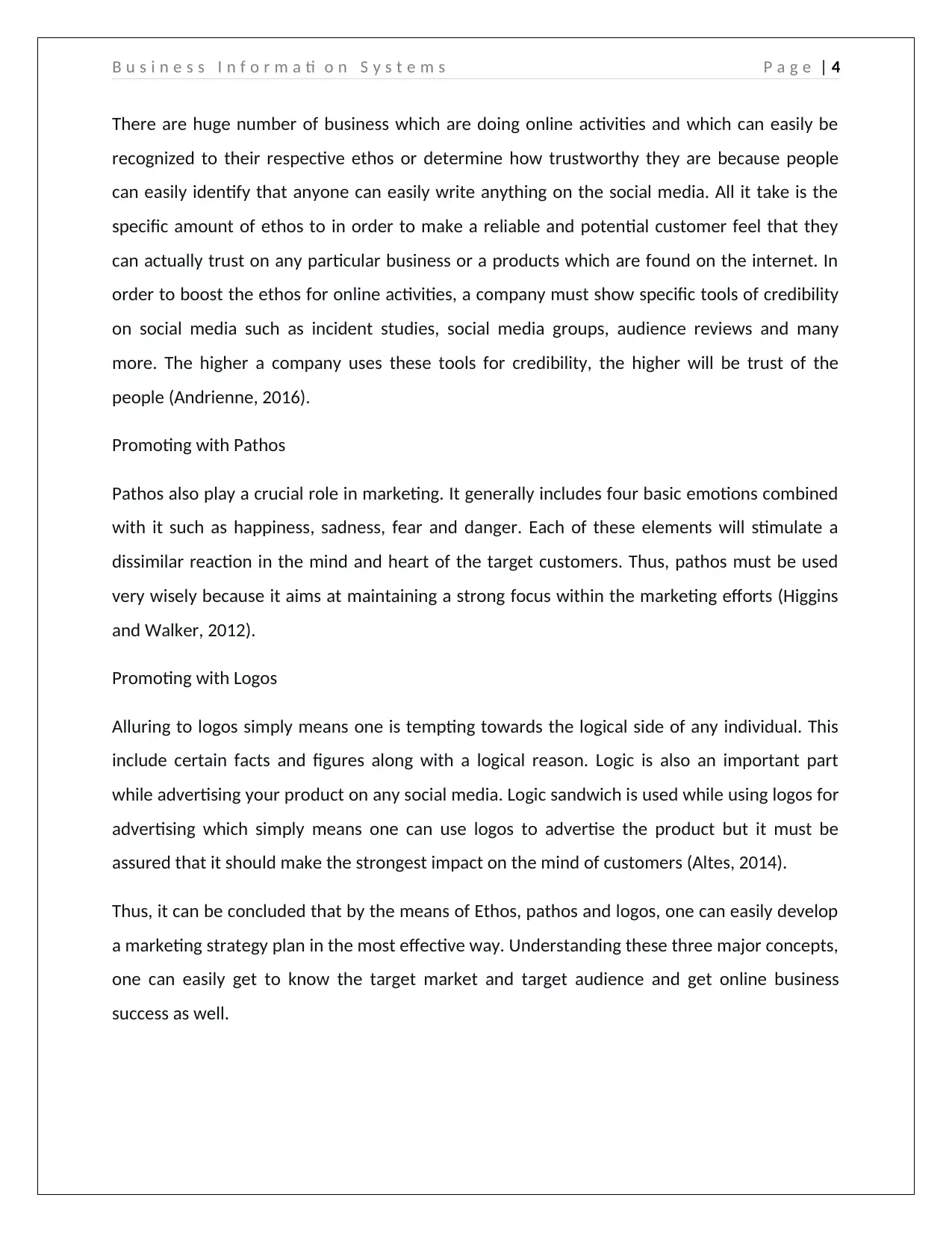
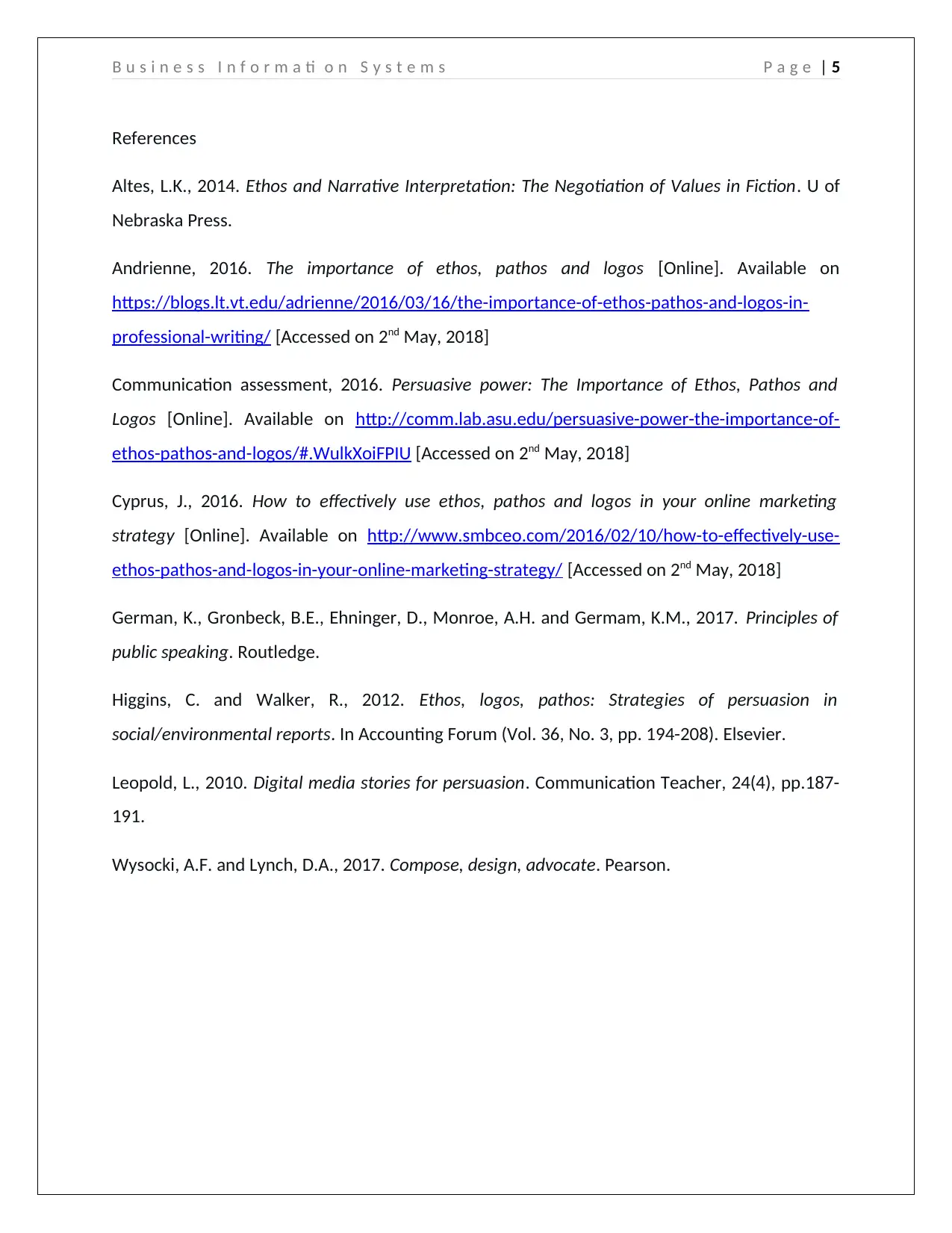






![[object Object]](/_next/static/media/star-bottom.7253800d.svg)